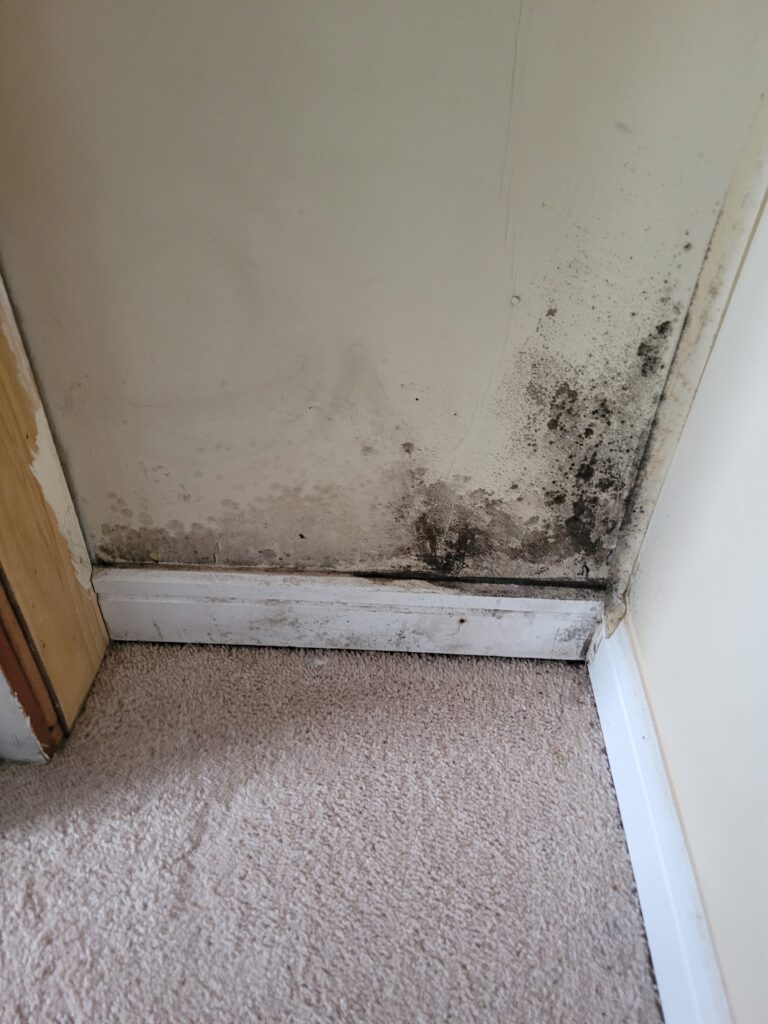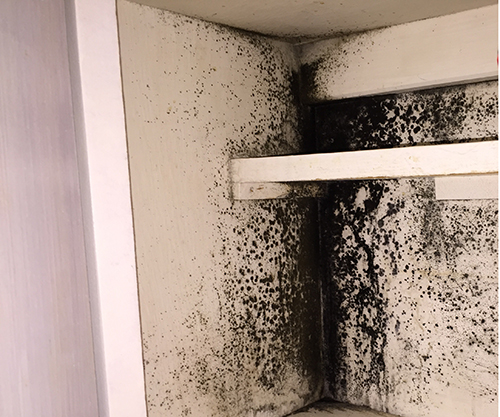Mould removal is a critical process that helps ensure the safety and well-being of individuals and their homes. Mold, which can grow in damp and humid environments, is often a result of water damage from natural disasters or poor ventilation. It can cause structural damage to homes, emit a musty odor, and pose potential health risks to those who are exposed to it.
Mold exposure is a serious issue that can lead to a wide range of health problems. People who suffer from allergies or respiratory illnesses such as asthma are especially vulnerable to the effects of mold exposure. Prolonged exposure to mold can cause eye, nose, and throat irritation, coughing, phlegm build-up, wheezing, shortness of breath, and even severe allergic reactions. It is crucial to recognize the health hazards posed by mold and take steps to remove it from your home.
If you suspect mold growth in your home, it is essential to call in professional mold removal services to handle the problem. Mold remediation is a complex process that involves the safe removal and disposal of hazardous materials. Our experienced technicians in Winnipeg are trained to handle major mold remediation projects and provide quality service to ensure that your home is safe from the spread of mold and any long-term damage it may cause.
Our team of experienced supervisors will assess your situation and determine the best course of action for mold removal. They will evaluate the square footage of the affected area and the type of materials that are contaminated. Depending on the severity of the situation, an environmental inspection may be recommended to identify potential health risks. For more advanced cases, plastic hoardings are set up and a negative air machine is used to ensure that the mold spores do not spread to other areas of your home.

Mold is a common problem that affects many homes and commercial properties. There are various types of mold, and mold exposure can cause severe health issues. To remove mold from your property, it is essential to follow specific steps. The first step is a mold inspection, which involves identifying the extent of the mold growth and the type of mold. A professional mold removal service can help with this process.
After the Mould Inspection, a Mold Assessment will be carried out, which will determine the severity of the situation and the appropriate measures required. This process is crucial in the mold remediation industry to ensure that the mold remediation process is successful.
The next step is Mold Remediation, which involves the removal and disposal of the mold. This process is essential to ensure that the mold does not cause severe damage to the property or pose a threat to the health of those in the vicinity. Asbestos inspection should be conducted alongside mold remediation to determine whether asbestos-containing materials are present.
Reputable contractors should be contacted for the job to guarantee a healthy environment is restored. Proper equipment and techniques must be utilized to remove and dispose of the mold effectively. After the mold has been removed, the air quality must be checked to ensure that there is no chance of mold developing again.
In conclusion, steps involved in mold removal include mold inspection, mold assessment, and mold remediation. A professional mold removal service should be contacted for the job to make the situation bearable. An asbestos inspection should also be conducted alongside mold remediation to ensure a healthy environment.

Mold growth in your home can be a serious problem, causing health risks and structural damage to your property. While some homeowners may attempt to remove mold themselves, the benefits of professional mold removal cannot be overstated. One company that offers professional mold removal services is Aenviro, and their website outlines the many benefits of using their services.
One of the most significant benefits of professional mold removal is the thoroughness of the process. Aenviro’s mold removal process involves a comprehensive inspection and assessment of the mold problem, followed by the use of specialized equipment and techniques to remove all traces of mold. This ensures that the mold is completely eradicated from your property, reducing the chances of it returning in the future.
Another benefit of professional mold removal is the expertise of the technicians. Aenviro’s team of experienced technicians have the training and knowledge to safely and effectively remove mold from your home. They also have access to specialized equipment and products that are not available to the average homeowner, ensuring that the mold removal process is done efficiently and effectively.
Professional mold removal can also help to protect your health. Mold can cause a range of health problems, including respiratory illnesses, allergic reactions, and other health issues. Aenviro’s mold removal process ensures that all traces of mold are removed, reducing the risk of mold exposure and associated health problems.
In addition to the health benefits, professional mold removal can also protect the structural integrity of your property. Mold can cause significant damage to walls, floors, and other surfaces if left unchecked. Aenviro’s mold removal process includes identifying and repairing any structural damage caused by mold, helping to preserve the value of your property.
Finally, professional mold removal can provide peace of mind. Knowing that your property is free from mold and the associated health risks can help you feel more comfortable in your home. It can also help to prevent future mold growth, ensuring that your home remains a safe and healthy environment for you and your family.
One common type of mold is Aspergillus, which can be found in many different environments, including soil, plants, and decaying organic matter. While Aspergillus is generally not harmful to healthy individuals, it can cause health issues in people with weakened immune systems.
Another type of mold is Cladosporium, which can grow on a variety of surfaces, including wood, fabrics, and even HVAC systems. This type of mold can cause respiratory issues and allergic reactions in some people.
Stachybotrys, also known as “black mold,” is a particularly dangerous type of mold that thrives in damp and humid conditions. This type of mold can cause severe respiratory issues, headaches, and even memory loss in some individuals.
Penicillium is another type of mold that is commonly found in homes. While it is often used to create antibiotics, it can also cause health issues, particularly in people with allergies or weakened immune systems.
Finally, Alternaria is a type of mold that is commonly found in bathrooms and other damp areas. This type of mold can cause respiratory issues and can exacerbate asthma symptoms.
It is important to note that there are many other types of mold that homeowners may encounter, and each type can have different health risks and require different methods of removal.
For a free estimate!
When faced with the need for mould or asbestos abatement in their homes, many homeowners may wonder if they can continue living in their homes during the process. Aenviro, a company that provides professional mould and asbestos removal services, addresses this question on their website.
The answer depends on the severity of the mould or asbestos problem and the extent of the abatement process. In some cases, homeowners may be able to remain in their homes while the abatement process is carried out, particularly if the affected area is small and can be isolated from the rest of the home. However, in more severe cases, it may be necessary for homeowners to vacate their homes for a period of time while the abatement process is carried out.
In cases where homeowners are able to remain in their homes during the abatement process, precautions will need to be taken to minimize exposure to mould or asbestos. This may include the use of containment measures to isolate the affected area, as well as the use of protective gear to prevent inhalation or contact with mould or asbestos fibers.